NEWS
Radio 4: Dr Eamonn Butler discusses Tax Freedom Day
Times Letters: Share private pain
The Times: It's GCSE economics: high taxes don't work
CNBC: Tom Clougherty speaks about Royal Mail privatization and its implications for Gordon Brown on Strictly Money
Radio Five Live: The Richard Bacon Programme
Daily Express: Tax freedom day blow
Tax Freedom Day 2009 falls on 14 May
For Release: SATURDAY 2 MAY 00:01
But you'll have to work until June 25 to pay off Brown's borrowing binge.
Tax Freedom Day, the day in the year when the average Briton has earned enough to pay his annual tax bill, will fall on 14 May this year, according to independent think-tank the Adam Smith Institute. This means that for 135 days of the year, every penny earned by the average UK resident will have been taken to support government expenditures.
This is the earliest Tax Freedom Day since 1973 – on the face of it, good news for taxpayers. But there is a downside: the traditional Tax Freedom Day measure only reflects the money actually raised by the government in taxes, not the full amount it spends. If the government deficit is factored in, Tax Freedom Day does not come until 25 June (the worst figure since 1984).
This gap between Tax Freedom Day based on actual revenues and Tax Freedom Day based on government spending is now the widest it has been since the early 1970s – and possibly since World War II.
According to Gabriel Stein, Chief Economist at Lombard Street Research who calculates Tax Freedom Day every year, the figures indicate a bleak future for British taxpayers:
"Running up deficits can be described as a form of deferred taxation. The effect will be that when the economy recovers – as it will eventually do – the UK tax burden is likely to rise much faster than would otherwise have been the case and Tax Freedom Day is likely to creep later and later in the year."
Moreover, the reason that Tax Freedom Day will arrive so early in 2009 is not so much that the tax burden has been dramatically reduced – although the temporary reduction in VAT is certainly significant – as it is that tax revenues have collapsed due to the sharp downturn in the economy. Dr Eamonn Butler, the director of the Adam Smith Institute, commented:
"It's nice to see Tax Freedom Day come early, but our research doesn't leave me optimistic. Under Gordon Brown's stewardship of the economy, the government's annual deficit went from near-balance in 1998 to more than 3% in 2007. And that was when the UK economy was growing strongly. Now the Chancellor is forecasting a 13.3% deficit. Young people have the right to feel very angry, because they'll be carrying the burden of these mistakes for years to come."
Notes for editors:
- The original Tax Freedom Day for 2008 was estimated at 2 June, based on figures contained in the 2008 Budget. Yet a year later we find that the day was 22 May – a difference of 11 days. This substantial change in the forecast and estimated Tax Freedom Day is due to actual economic growth and tax revenues being several percentage away from the government's forecasts.
- Tax Freedom Day shows the total tax paid each year by a taxpayer on average income, including indirect taxes, local taxes and National Insurance contributions, as a percentage of that individual's total income. It is calculated by comparing general government tax revenue with the Net National Income (NNI). The total of all government tax revenue – direct and indirect taxes, local taxes and National Insurance contributions – is calculated as a percentage of NNI at market prices. The result is then converted to days of the year, starting from 1 January.
- Tax Freedom Day is calculated for the Adam Smith Institute by Gabriel Stein, a Swedish economist who has lived in the UK since 1990. In 1981 he worked in the Israeli Ministry of Finance. From 1982 to 1991 he ran his own economics and public affairs consultancy, Stein Brothers. He is currently a director of Lombard Street Research Ltd.
- Tax Freedom Day web-site: http://www.adamsmith.org/tax-freedom-day/
The G20 summit: weak, meaningless and self-serving
For Immediate Release
When you read the fine print of the G20 agreement, it shouts 'heroic hypocrisy, unreliable sums, weak promises, meaningless language and self-serving commitments' according to the City financial analyst Miles Saltiel in a briefing paper for the Adam Smith Institute.
According to the paper:
- The headline $1.1 trillion of financial stimulus amounts to just $25 billion of new money.
- The IMF's '$500 billion' and the '$250 billion' in Special Drawing Rights are just an underwriting commitment, with no new cash.
- The '$100 billion' fund for the world's poorest had largely been announced already, and will come from private rather than government sources.
- The extra '$250 billion' for trade finance is mostly a re-hash of old commitments, with less than $25 billion of new money to subsidize trade finance.
- The '$6 billion' to be raised by selling the IMF's gold reserves boils down to a $2 billion trickle over three years.
- The G20's promises to the poorest countries, and commitments to free trade, look extremely weak when the Doha trade round lies derelict.
Saltiel concludes:
"The G20 leaders are more concerned about their domestic problems than their international responsibilities. They turned up in London for a photo opportunity. Their talks convey a sense that there is little they can do to change events. And they are right. Eventually, the world economy will trade its own way out of the current confusion, as it always does."
ENDS
G20 – Less Than Meets the Eye is published by the Adam Smith Institute, 23 Great Smith Street, London, SW1P 3BL. It can be downloaded for free at http://www.adamsmith.org/images/stories/less-than-meets-the-eye.pdf
Media contact:
emily@adamsmith.org
Media phone: 07584778207
Archive
- July 2024
- June 2024
- May 2024
- April 2024
- March 2024
- February 2024
- April 2023
- March 2023
- February 2023
- January 2023
- December 2022
- November 2022
- October 2022
- September 2022
- July 2022
- June 2022
- May 2022
- April 2022
- March 2022
- February 2022
- January 2022
- December 2021
- November 2021
- October 2021
- September 2021
- July 2021
- June 2021
- May 2021
- April 2021
- March 2021
- January 2021
- November 2020
- October 2020
- September 2020
- August 2020
- July 2020
- June 2020
- May 2020
- April 2020
- March 2020
- February 2020
- January 2020
- November 2019
- October 2019
- September 2019
- August 2019
- July 2019
- June 2019
- May 2019
- April 2019
- March 2019
- February 2019
- January 2019
- December 2018
- November 2018
- October 2018
- September 2018
- August 2018
- July 2018
- June 2018
- May 2018
- April 2018
- March 2018
- February 2018
- January 2018
- December 2017
- November 2017
- October 2017
- September 2017
- August 2017
- July 2017
- June 2017
- May 2017
- April 2017
- March 2017
- February 2017
- January 2017
- December 2016
- November 2016
- October 2016
- September 2016
- August 2016
- July 2016
- June 2016
- May 2016
- April 2016
- March 2016
- February 2016
- January 2016
- December 2015
- November 2015
- October 2015
- September 2015
- August 2015
- July 2015
- June 2015
- May 2015
- April 2015
- March 2015
- February 2015
- January 2015
- December 2014
- November 2014
- October 2014
- September 2014
- August 2014
- July 2014
- June 2014
- May 2014
- April 2014
- March 2014
- February 2014
- January 2014
- December 2013
- November 2013
- September 2013
- August 2013
- May 2013
- April 2013
- March 2013
- February 2013
- January 2013
- December 2012
- November 2012
- October 2012
- September 2012
- August 2012
- July 2012
- June 2012
- May 2012
- April 2012
- March 2012
- February 2012
- January 2012
- December 2011
- November 2011
- October 2011
- September 2011
- August 2011
- July 2011
- June 2011
- May 2011
- April 2011
- March 2011
- February 2011
- January 2011
- December 2010
- November 2010
- October 2010
- September 2010
- August 2010
- July 2010
- June 2010
- May 2010
- April 2010
- March 2010
- February 2010
- January 2010
- December 2009
- November 2009
- October 2009
- September 2009
- August 2009
- July 2009
- June 2009
- May 2009
- April 2009
- March 2009
- February 2009
- January 2009
- December 2008
- November 2008
- October 2008
- September 2008
- August 2008
- July 2008
- June 2008
- April 2008
- March 2008
- February 2008
- November 2007
- October 2007
- September 2007
- May 2007
- April 2007

 Click
Click  Government's belt needs to tighten a bit more before it will feel the pain of the private sector
Government's belt needs to tighten a bit more before it will feel the pain of the private sector Written by Dr Eamonn Butler, Director, Adam Smith Institute
Written by Dr Eamonn Butler, Director, Adam Smith Institute.jpg?format=original) Published on CNBC
Published on CNBC .jpg?format=original) Click
Click  Britons won’t start earning for themselves until June 25, the latest date since 1984.
Britons won’t start earning for themselves until June 25, the latest date since 1984.